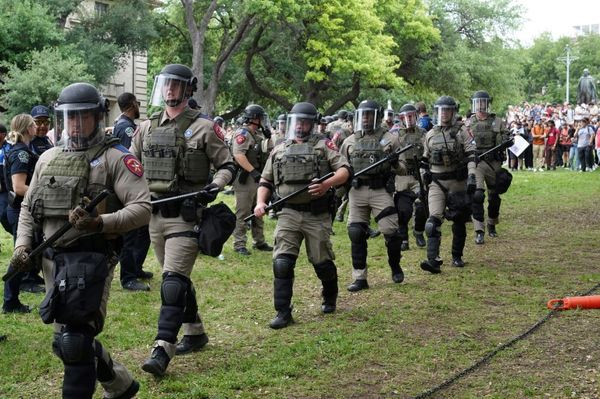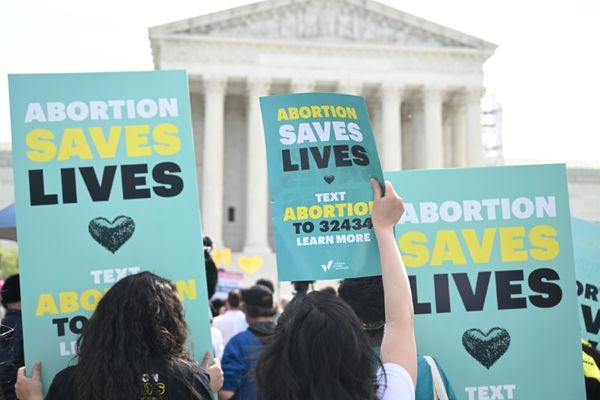This last pandemic year I read non-fiction fitfully, in starts and pauses. A good deal of my reading was in one way or another work-related or going down the rabbit holes of my obsessions while stuck at home. Often the excellence of the book mattered less than the information imparted.

So, for example, in my ongoing balletomania, I read a number of ballet-related books, including Simon Morrison’s Bolshoi Confidential (a good history of ballet), Swan Dive: The Making of A Rogue Ballerina by Georgina Pazcoguin (a NYCB ballerina’s battles, struggles, triumphs—I found the person less compelling than the dancer ), Ballerina: Sex, Scandal, and Suffering Behind the Symbol of Perfection by Deirdre Kelly (some good info until it becomes more a tendentious appeal for change) and James Whiteside’s Center Center: A Funny, Sexy, Sad Almost-Memoir of a Boy in Ballet (a male dancer’s book about his larger-than-life personalities (plural). I can’t recommend any of these if you have no interest in ballet. As I said, it’s my obsession.

By contrast, the standout entertainment biography I read last year was Mike Nichols: A Life by Mark Harris. So much of Nichols’ story, the actors he worked with, the plays he staged and movies he made, stand as a cultural chronicle of the past 50 years. What Harris does very well is convey how Nichols directed and staged his productions, how he empowered the actors to give their best performances, and how Nichols managed to come back from failures with new success while cycling through his various health issues, his relationships, marriages and, at one point, being a crack addict.
Another book that I enjoyed and found important in its own way was You’ll Never Believe What Happened to Lacey: Crazy Stories About Racism by Amber Ruffin and Lacey Lamar. You may know Amber Ruffin from her appearances on Late Night with Seth Meyers or her own eponymous NBC Peacock show. Ruffin has a midwestern plain spoken humor that is as bright as it can be savage. Amber’s sister, Lacey, is not in show business, she works for a company in a midwestern city. And the stories of the things people have said to Lacey, as related by Amber is worth reading, as either an affirmation of what you know goes on, or as an eye opener — and teaching moment. Either way, it’s a good read – in some ways entertaining, in others shocking but certainly worthwhile.
Sometimes one book leads to another (and another). Have you read British ceramicist’s Edmund de Waal’s Jewish Family History, The Hare with the Amber Eyes — if not, do so immediately! Beautifully written and with a lingering sense of tragedy about the generations of a wealthy Jewish family as they make their way from Odessa to Vienna and Paris and on to Tokyo. The netsuke themselves are themselves part of a current exhibition at The Jewish Museum in New York.
If you have read The Hare, or after reading it, you want to know more about France’s Jewish aristocracy of the late 19th and 20th Century France (as I did), there is The House of Fragile Things: Jewish Art Collectors and the Fall of France by James McAuley, which is a touch academic but quite informative about the contributions to France of the De Camondo, Reinbach and Ephrussi families, their devotion to France, and their ultimate betrayal by the Vichy government (spoiler: their family members were rounded up by French authorities and sent to Auschwitz). Edmund de Waal’s recently published sequel Letters to Camondo adds to this story but is neither as substantial or as satisfying as The Hare. At one point De Waal, who was not raised Jewish and is Jewish only by ancestry, rejects the notion that his exploration of his family history should cause him to re-assess or embrace a Jewish identity of his own. I think he doth protest too much.
During the last year, I also went down a Philippe Sands wormhole with his books, East-West Street, and The Ratline. Sands is a British-French attorney and law professor specializing in war crimes prosecution, having served as a prosecutor at the International Criminal Court in the Hague. Both books emanate from connections to Lvov, Poland (today Lviv, Ukraine). Turns out Sands’ grandfather hailed from Lvov in then Poland (as did my father), as did the attorneys who each convinced the Nuremberg courts to create the chargeable crimes of Genocide and Crimes Against Humanity. East-West tells their stories, in which Hans Frank, The Nazi governor of the Polish occupied territory, looms large. Sands befriended Frank’s son in the course of his Lvov research and together they made a documentary revisiting Lvov (both personally and actually). Frank had his headquarters in Lvov, and “The Ratline” tells Frank’s story and how he escaped at war’s end, making his way to Italy, using the same underground network (“The Ratline”) that facilitated the escape of Nazis such as Josef Mengele and Adolf Eichmann to South America. The books are compelling because of Sands’ intelligence and sensitivity.
Last, but certainly not least, I enjoy reading celebrity autobiographies, as a matter of personal and professional interest (I often work as a ghostwriter or co-author and take an interest in how others tackle the challenges inherent in the endeavor). Two autobiographies I read last year I recommend highly.
Trejo: My Life of Crime, Redemption, and Hollywood by Danny Trejo and Donal Logue. Danny Trejo has a face you know from his playing every Mexican movie villain or from his LA Taco joints. What you may not know is what a remarkable person he is — and that comes through on the page in this memoir that tells the story of how this one-time resident of San Quentin Prison turned his life around and became one of the hardest working actors in Hollywood. This inspiring story is told by Trejo’s fellow actor and writer Donal Logue. The first time Logue met Trejo was many decades ago when Logue was working as a janitor at a facility where Trejo was leading the AA and NA meetings. They have each been able to take their lives to heights neither could have ever imagined. Trejo has a magnificent spirit that is worth spending time with.

My Beloved World by Sonia Sotomayor. Supreme Court Justice Sonia Sotomayor is also an exceptional person and that comes through in this book, which details her family, her upbringing in the Bronx, how she defied expectations, went to Princeton and then Yale Law School, was a successful corporate attorney representing international clients including the Fendi family and Ferrari, and became a judge and eventually Supreme Court Justice. Sotomayor is honest about the challenges she faced, the ways she was a beneficiary of affirmative action, and the difficulties of adapting and succeeding in an Ivy league environment, and how she brings her background and her experiences, and her specific perspective to the cases she decides. Since the death of Justice Ruth Bader Ginsburg, Sotomayor has become increasingly vocal, particularly in her dissents, as the voice of liberal reason on the Court. We hope she will remain on the bench for a long time to come, and considering the challenges she faces with a conservative court majority, it is all the more crucial to understand where she is coming from.







